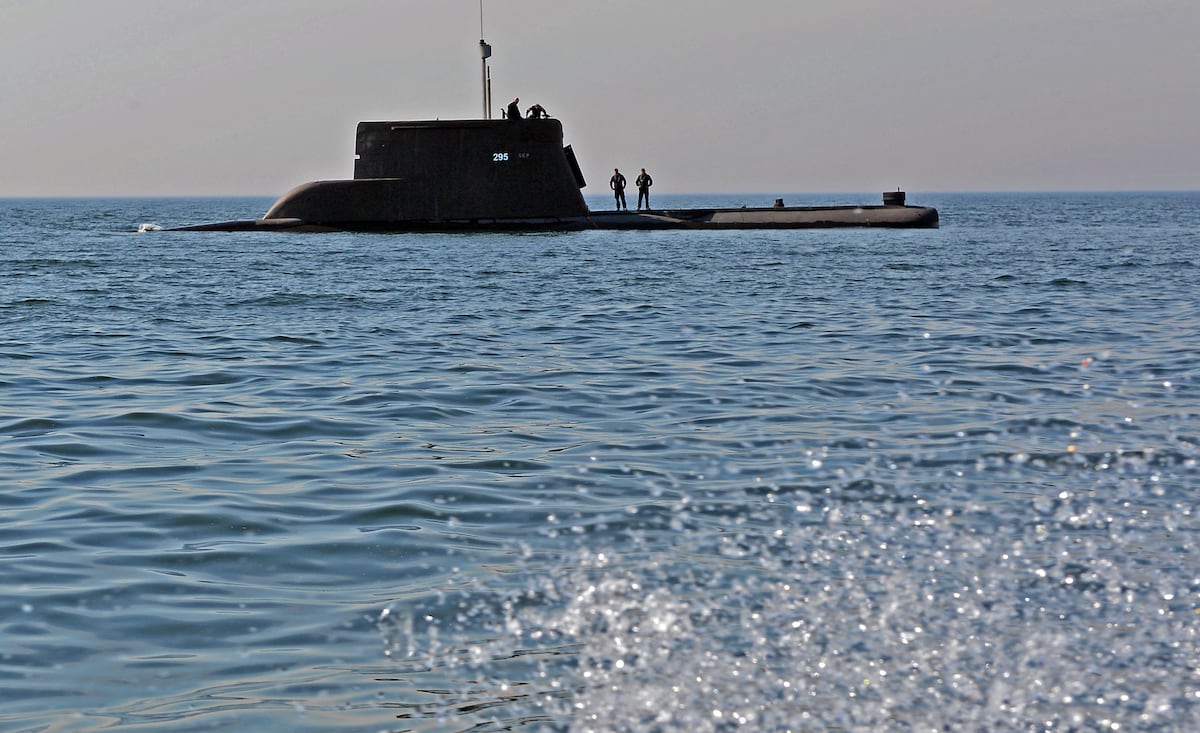Strategic Overview of the Army’s Watercraft Strategy
The United States Army is set to enhance its watercraft operations through a newly devised strategy that focuses on the sustainability of its aging fleet, the incorporation of commercial solutions, and the acceleration of trials involving autonomous vessels. This comprehensive approach aims to address operational gaps and transform the Army’s logistics capabilities.
Key Components of the Strategy
Sustaining an Aging Fleet
The Army’s capability to construct new watercraft is constrained by time and resources. As articulated by Lt. Gen. Karl Gingrich, Deputy Chief of Staff G-8, the strategy emphasizes sustaining the current fleet and extending vessel life through:
- Service-Life Extension Programs (SLEPs): These initiatives target existing vessels, with financial allocations already made for the fiscal years 2025 and 2026, recognizing the urgency of this enhancement.
Procurement Plans
While the Army intends to acquire new Maneuver Support Vessel Light (MSV-L) landing crafts, the planned production has been carefully calibrated to five units, including the prototype, summing up to six vessels. This cautious approach in procurement is designed to align with operational demands adequately.
- Testing Ground: The MSV-L is currently operational within the 8th Theater Sustainment Command (TSC) in Hawaii and is scheduled for participation in the Joint Pacific Multinational Readiness Center rotation this November.
Emphasizing Commercial Solutions
Recognizing the limitations of traditional procurement, the Army is increasingly open to leveraging commercial solutions, which may include:
-
Modified Commercial Vessels: The Army plans to adapt older commercial vessels to meet military needs, a strategy aimed at rapidly filling gaps in capacity and capability.
-
Utilization of Contracted Crews: This could involve military personnel operating government-owned platforms alongside civilian crews, optimizing resource allocation.
Complementing Gray-Hulled Boats
In an operational theater context, the Army is exploiting offshore support vessels (OSVs) to supplement its traditional gray-hulled fleet. The OSVs provide significant advantages due to their:
-
Shallow-Draft Capabilities: Allowing access to facilities that standard military vessels may not reach.
-
Reduced Visibility: Their commercial nature makes them less recognizable, complicating the targeting efforts of adversaries.
Advancements in Autonomous Vessels
A critical aspect of the strategy is the integration of autonomous watercraft. This move is anticipated to revolutionize sustainment operations, offering advantages such as:
-
Force Protection: Autonomous vessels can mitigate risks to human operators, akin to the production of Liberty ships during World War II, which exposed mariners to dangers.
-
Logistics Innovation: These vessels are expected to create complexities for adversaries concerning distribution challenges, enhancing operational security.
The Vision of a Hybrid Fleet
Ultimately, the Army is striving to develop a hybrid operational fleet that merges both crewed and uncrewed vessels. This innovative approach aims to allow traditional vessels to focus on combat delivery while autonomous platforms manage routine sustenance tasks.
- Future Integration: As the Army continues to explore human-robot collaboration across its operational spectrum, the potential for watercraft to sustain joint forces is considered immensely powerful and central to the Army’s strategic transformation.
By adopting these progressive strategies, the Army aims to not only modernize its watercraft capabilities but also enhance overall operational readiness in an increasingly complex global landscape.





